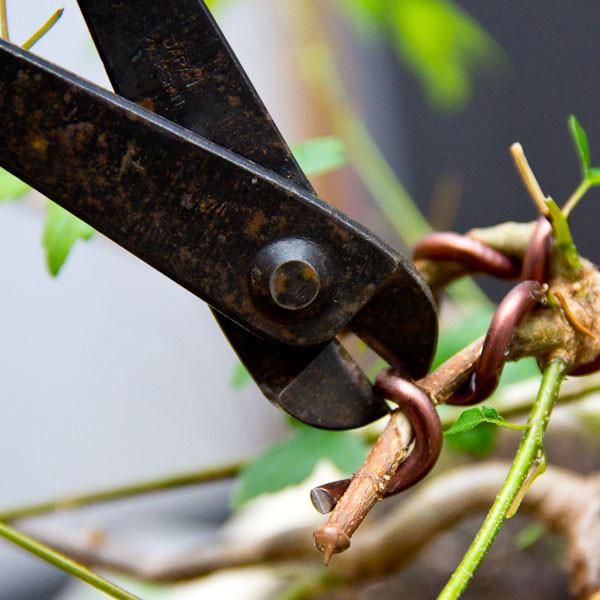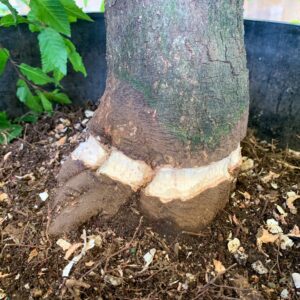
THINGS TO DO IN SEPTEMBER
Outdoor:
Once hot temperatures (above 85-90 degrees) have passed, plants should return to their normal growth activity; however, our season for pruning deciduous trees, broad leaf evergreens and junipers is at its close. Your trees will need to keep their branches since food reserves are stored in the branch and trunk tissues. Currently, we need to pay close attention to fertilization for the trees to strengthen themselves and replenish reserves for their dormant period. Start using a low-nitrogen fertilizer in mid-September to help reduce new vegetative growth. Your fertilizer should be high in phosphorous to stimulate root growth (which will help for flowering in the Spring), and high in potassium to strengthen the tree and growth that occurred during the growing season. Keep in mind that organic fertilizers need to be broken down in the soil before roots can assimilate them; in other words, you may not have enough time for organic fertilizers to work. It may be best to use chemical fertilizers, but with care not to use too much. It is during this time of the year that trunks and branches add the most volume for material storage in preparation for winter.
As temperatures can fluctuate significantly during this time of year, careful attention must still be paid to watering, particularly on hot days. We do not want to damage roots by not watering when they’re so close to winter dormancy.
Since trunks and branches will be adding a volume quickly, it is critical to watch your wiring, especially on deciduous trees. It may be best to remove wire on deciduous trees and then rewire in November.
Re-potting may be done if needed (but not on certain trees like American Hornbeams). For deciduous trees, if the daytime temperatures are above 55 degrees, roots are very active. If you root prune during this period, there will be a new flush of root growth before temperatures fall into the winter range. The cut ends will heal over quickly, and new root growth will continue until the temperatures dip. You may want to limit the amount of pruning to no more than 30% of the root ball.
Indoor:
Move your tropical (indoor) trees inside under grow lights when the nighttime temperatures are consistently near 50 degrees. While it is best to keep your trees out under the sun for as long as possible, be prepared to move them in near the middle of the month.
Pay close attention to your soil as you may not need to water as much once the trees are indoors.
It would be best to avoid re-potting tropical trees as the temperatures cools this month. Some trees, like Brazilian Raintrees, are best re-potted during warm weather in late Spring or early summer. Topicals like Ficus and Schefflera give us something to work on during the cold winter months. Read up on your tropical tree before doing this work.



